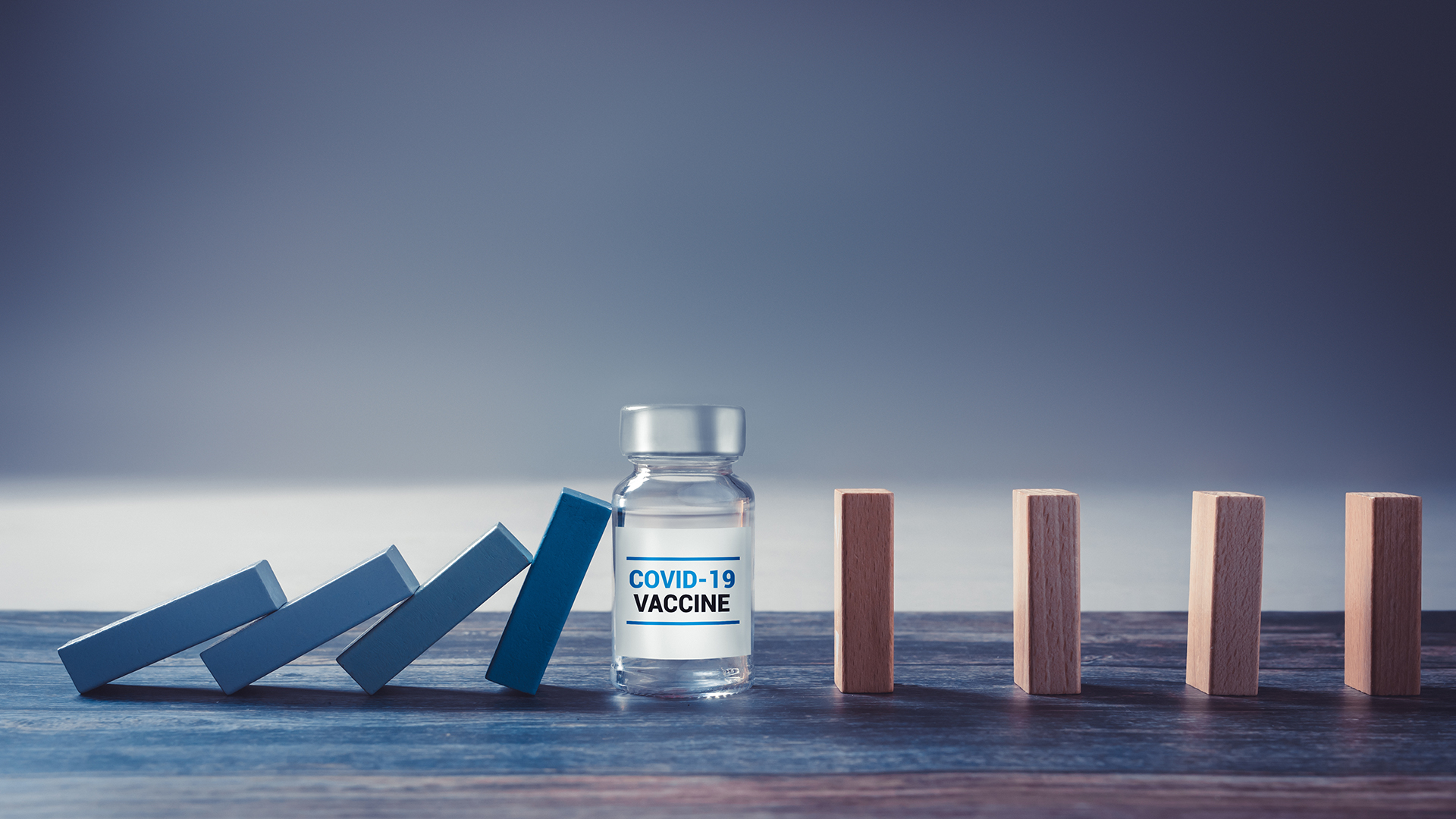
Income, educational attainment and political ideology all play into racial disparities in vaccination rates that have left African Americans more vulnerable to COVID-19, Maryland Smith researchers found.
In a study published this week in the Proceedings of the National Academy of Sciences, they write that “structural inequities pose a serious threat to progress” in the push for nationwide vaccination.
The paper by researchers from the Center for Health Information and Decision Systems (CHIDS) at the University of Maryland's Robert H. Smith School of Business breaks down 15 social determinants of health—from vehicle ownership and home internet access to accessibility of health-care facilities—to reveal how they correlate to racial disparities in COVID-19 vaccination among white and Black populations.
Combining data from state, federal and other sources, the researchers analyzed vaccination data from April 19—when the shots were made available to all U.S. adults and when nearly half had already reported receiving at least one dose—across 756 U.S. counties where pertinent racial data are kept, or half of the U.S. adult population.
The researchers, Maryland Smith professors Ritu Agarwal, Guodong (Gordon) Gao and Jui Ramaprasad, Smith senior research scientist Michelle Dugas, along with Maryland Smith doctoral students Gujie Li and Junjie Luo, also compared the same factors with influenza vaccination disparities, finding that socioeconomic and political factors play a greater role in the context of COVID-19 than the flu.
Meanwhile, an important non-finding, Agarwal said, is any evidence that vaccine hesitancy is a major contributor to racial disparities in vaccination rates.
“You see in the popular media a dominant narrative about medical mistrust, and discussion of outreach strategy and community engagement, perhaps using churches to reach Black people,” she said. “Our results provide some insight into how to allocate resources, because it is not merely hesitancy driving lower rates—it is perhaps the ability to take a day off work to get vaccinated, or the ability to access information to learn about vaccines.”
Socioeconomics was a major driver of disparity, and counties with higher overall median incomes displayed lower disparities in vaccination rates between Black and white residents. A county in the 75th percentile (with a household median income of about $64,000) compared to one in the 50th percentile (with a household income of about $54,000) showed 1.3 percentage points less racial disparity in vaccination—substantial differences, given an overall vaccine rate disparity across counties of 16%. It’s a finding, the researchers wrote, that could suggest the counterintuitive step of protecting everyone more effectively by making additional vaccines available in wealthier areas, where they are more likely to be used, during times of shortage.
County-level disparities in high school graduation rates were another important driver of unequal COVID-19 vaccination rates between races, the researchers found. Those that rank in the 75th percentile of educational disparity have a 10.7 percentage point difference in high school graduation rates between white and Black residents, along with a coronavirus vaccination disparity of 2.7 percentage points higher than a county with equal graduation rates.
Politics is also key, but in a way that might be surprising. The stronger the Republican turnout in a county, the researchers found, the greater the parity that existed between Black and white COVID vaccination rates. Each 2.5 percentage point increase in Republican vote share correlated to a 1 percentage point decrease in vaccine disparity across racial lines, with their analysis showing that the seemingly reduced disparity is due to a lower white vaccination rate, rather than a higher Black vaccination rate.
What’s clear from the results, the researchers said, is that socioeconomic and political environments create public health barriers for vulnerable populations and society as a whole—ones the United States must find a way to surmount.
“Failure to address these structural barriers poses the dual risks of additional lives lost and a significant slowdown in progress toward ending the COVID-19 pandemic or combatting similar future outbreaks,” they wrote.
Read More: “Socioeconomic Privilege and Political Ideology are Associated With Racial Disparity in COVID-19 Vaccination,” in the Proceedings of the National Academy of Sciences.
Media Contact
Greg Muraski
Media Relations Manager
301-405-5283
301-892-0973 Mobile
gmuraski@umd.edu
Get Smith Brain Trust Delivered To Your Inbox Every Week
Business moves fast in the 21st century. Stay one step ahead with bite-sized business insights from the Smith School's world-class faculty.